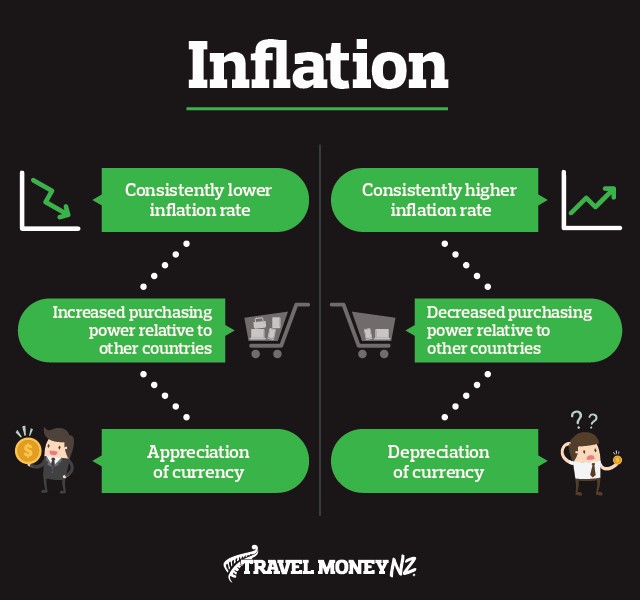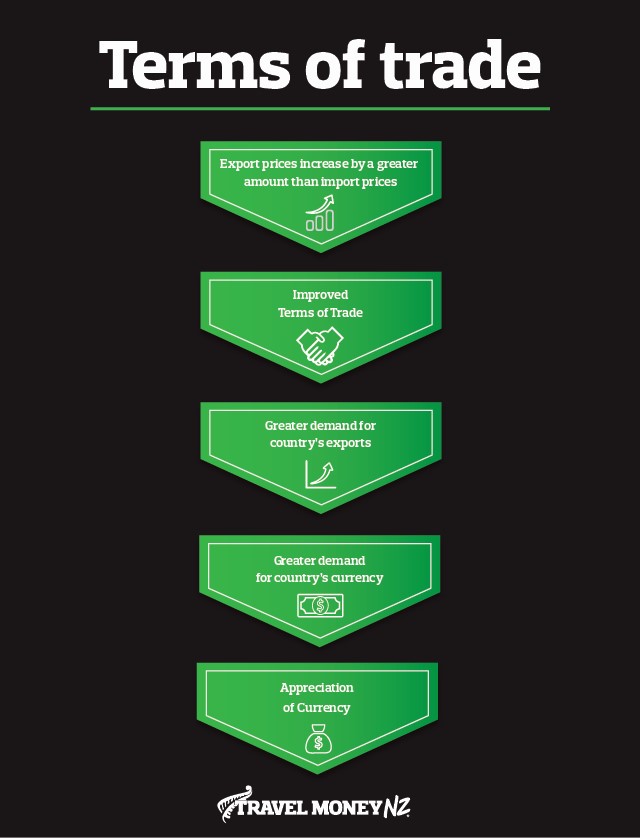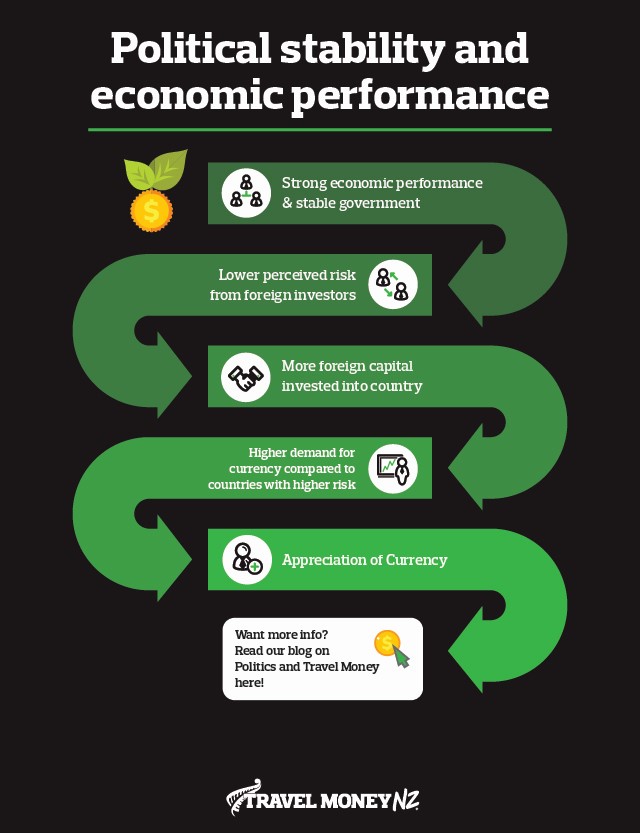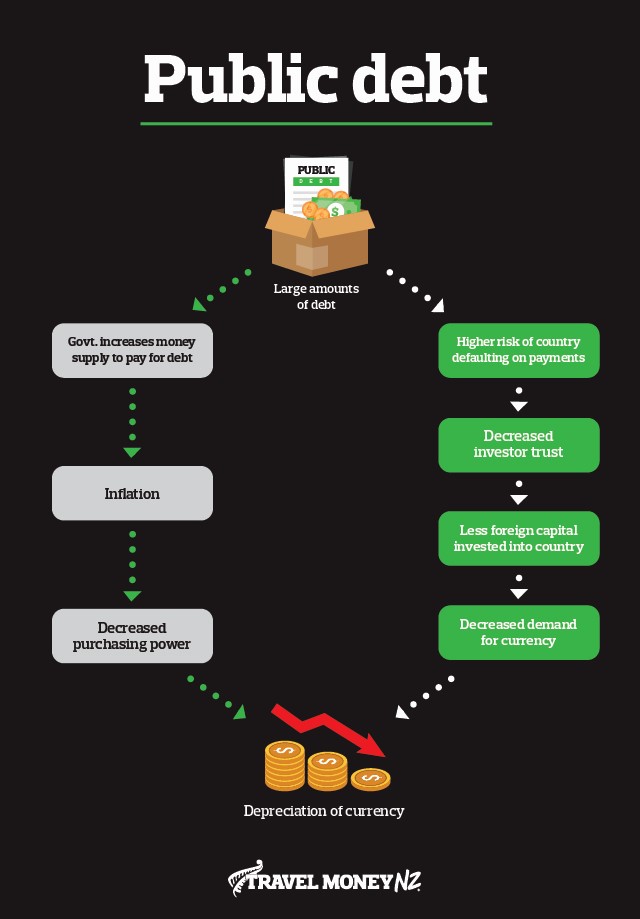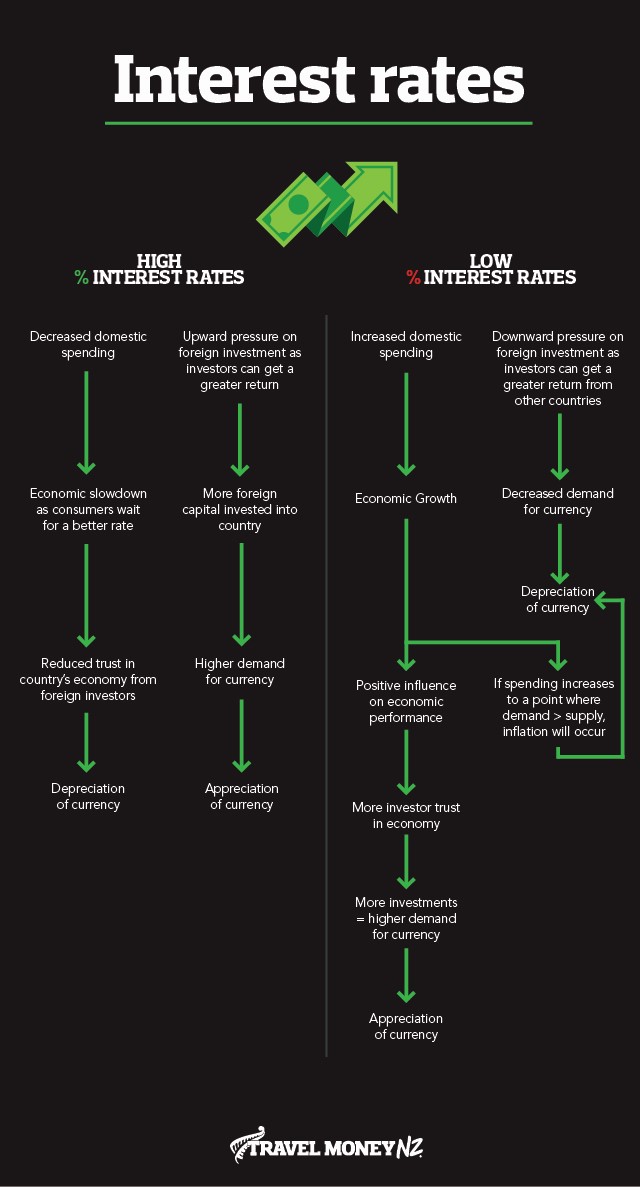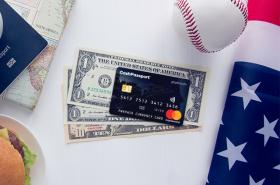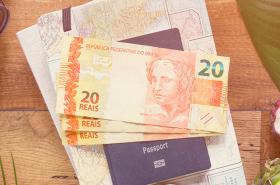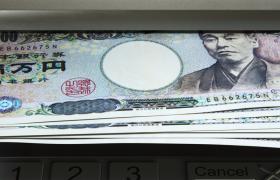Quick Contact

17th June 2019
As the great old saying goes - it’s difficult to make predictions, especially about the future. Economists, much like meteorologists, cop plenty of criticism when things don’t quite go as they forecasted which in today’s increasingly unstable environment seems to be more often than not.
Foreign exchange forecasts are particularly difficult to get spot on because of the sheer multitude of factors that can influence a country’s currency. This doesn’t make foreign exchange forecasting any less valuable though, as it plays an integral part of many economists’ jobs, and serves as a valuable tool for policy makers and indeed jet setting travellers like you all around the world. It’s probably better to think of currency forecasts as estimates rather than pinpoint accurate promises and economists are constantly sharpening their skills and adopting new tools to make these forecasts more accurate.
At Travel Money NZ we realise that unless you’re an economist yourself, you probably don’t understand every aspect of what goes into predicting currencies around the world and let’s be honest, you probably have better things to do with your time. Currency forecasting isn’t exactly the most riveting part of your day. Chances are the only time you really get stuck into the finer details of currency exchanging is when you’re about to head off on your own holiday and it’s one of those things that most people leave until the last minute, costing themselves a bit of precious spending money in the process. Heaven forbid they even leave it until they get to the Departure area at the airport *gasp*.
From a traveller’s perspective, it makes sense that we want the strongest NZ dollar possible for every destination we visit, nobody likes getting less bang for their buck. But there is such a thing as a currency being too strong that it begins to affect the viability of exports as our goods become more expensive on the world stage. For an export reliant economy like New Zealand’s, that would be bad news in the big scheme of things and could even make travelling more costly in the first place.
We know you might not have a spare 4 years to get an Economics degree to understand the ins and outs of foreign exchange rates, but having a basic understanding of what makes them tick is going to leave you more knowledgeable (hello Tuesday night trivia) and could end up buying you more than just a few extra meals on the trip of a lifetime.
Highs and Lows of the NZD
Extra money you say? Just have a look at the difference between the highs and lows of our top currencies over the last 5 years. Yes, yes who on earth plans their trips 5 years in advance right? It’s more to give you a clearer picture of just how much currencies fluctuate over time and how valuable a little bit of insight can be to your back pocket. Some of those high and lows occur only months apart, so if you weren’t watching closely, chances are you would have missed out on a few hotdogs in New York.
What the difference can get you
See, we told you. Now that you’ve seen how many extra gelatos you can buy in Milan with the right exchange rate, you’re probably thinking but how do I know how to pick the best time to exchange my NZD? Good point. We did say that currency forecasting is a tough business and there are countless methods the economic boffins use to predict currency fluctuations and no one analyst ever has all the answers. Most businesses and savvy individuals analyse a few predictions in order to get a broad overview of what is going on and look for agreement between a number these of sources.
We know that delving deep into the intricacies financial market fluctuations and currency valuations can be a touch shall we say, dry, so we’ve outlined below a number macroeconomic fundamentals that have a close relationship to the value of a currency. Keeping an eye on and having a basic understanding of these fundamentals will go a long way to helping you get the most bang for your buck so you can live it up on that precious, precious NZD.
Rapid Fire Definitions
Before we get too deep into economic jargon land, let’s outline a few quick terms. Impress your colleagues and drop these bad boys into your next convo at the office water cooler and you’ll have a rep as the learned currency guru in no time.
Appreciation:
This is an easy one to remember folks. It’s when the value of one currency increases relative to another. E.g. If the NZD went from 0.69USD to 0.71USD, it has appreciated (and of course all NZ travellers appreciate that don’t we?).
Depreciation:
You guessed it; this is when the value of a currency decreases relative to another. E.g. If the NZD went from 0.71USD to 0.69USD it has depreciated. (Depreciation = depressed Kiwi travellers).
Higher valued currency:
This means cheaper imports (aka online shopping galore!), more expensive exports (farmers say boo) but better bang for your travel money buck.
Lower valued currency:
More expensive imports (back to Dress Smart we go), cheaper exports and Kiwis are worse off with foreign exchange.
Inflation:
The rate at which the general level of prices for goods and services is rising and, in turn, a currency’s purchasing power is falling. When my Grandpa used to tell me “Back in my day I could get 5 packets of pineapple lumps, 3 licorice strips and a partridge in a pear tree for 50cents!” I used to think he must have been a pretty good thief, turns out it was just inflation. I can barely even get an ice cream from Maccas and a friendly smile for that today! Thanks, inflation. Over time the value of a currency decreases as a result of supply and demand factors.
Economic growth:
The increase in an economy’s capacity to produce goods and services. Growth is generally good, but not too fast. Good growth is the equivalent of going to the gym every day, bad growth is like injecting steroids for a month and then hoping for the best, right?
Now, let’s move on to the harder stuff. It’s important for us to preface this with a few key points:
- Foreign exchange rates are influenced by a multitude of factors. I’m sure you don’t have the time or want to read about them all! So, when it comes to exchange rate predictions, be sure to take all with a grain of salt and have a well-rounded view from a number of sources.
- Ultimately, exchange rates capture the supply and demand of a currency in an easy to quantify metric. Demand itself is driven by people’s perception of a currency’s value, and this perception is informed by economics, politics and the media. Having an informed awareness of these three elements can certainly help when understanding your spending power at your next vacay location.
The below illustrations capture the concepts affecting currency fluctuations at their most basic level. When determining an exchange rate, you must remember that the changes are relative to the other country in which the currency is being compared to. All elements interact and influence each other separately, so they must be considered all together and aligned with both countries to get a truly holistic view.
All of these factors contribute to the political and economic stability of a country and interplay with each other to various degrees. The level of perceived stability ultimately impacts the amount of trust investors have in the country along with other factors, both economic and political (I’m looking at you, Brexit).
More trust = more people willing to invest in country = greater demand for currency = appreciation
Less trust = less foreign capital invested into country = decreased demand for currency = depreciation
Depending on where you are going, different factors will have a higher influence on a currency’s fluctuations. As individuals we don’t have a massive impact over what the NZD will do in the future. So, from one traveller to another, we recommend you book that holiday, check out what’s going on where you are headed and sign up for currency alerts.
If you get it wrong and the rates move against you, don’t stress! You can always protect yourself with Rate Guard, it’s free and lets you claim the difference from us within 14 days of purchase.
*No promises, only best wishes and good luck. If you’re really struggling check out some of our other forecasting blogs. Or use Google. Google has the answers to everything.
This blog is provided for information only and does not take into consideration your objectives, financial situation or needs. You should consider whether the information and suggestions contained in any blog entry are appropriate for you, having regard to your own objectives, financial situation and needs. While we take reasonable care in providing the blog, we give no warranties or representations that it is complete or accurate, or is appropriate for you. We are not liable for any loss caused, whether due to negligence or otherwise, arising from the use of, or reliance on, the information and/or suggestions contained in this blog.

